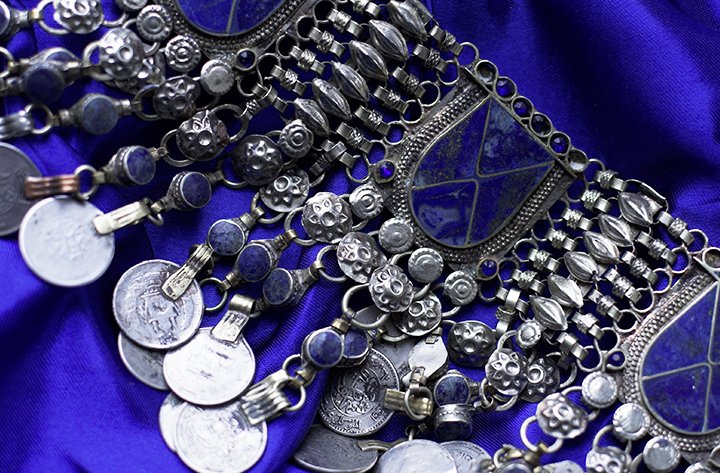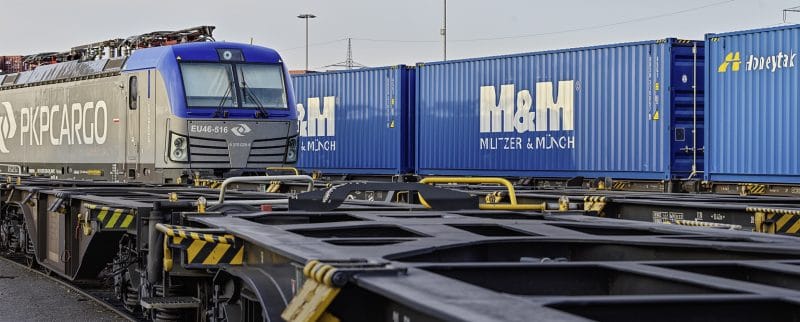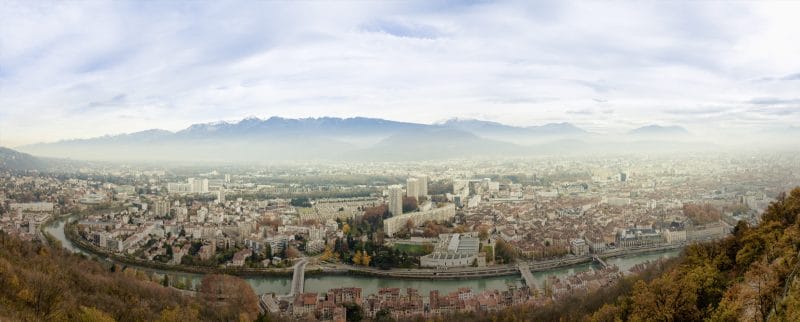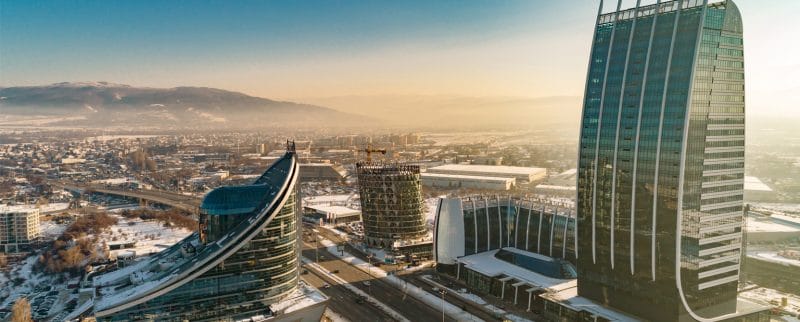
In earlier times on camelback, today via truck: since the end of 2018, the famous trade corridor between Afghanistan and Europe has been reopened. The transport route, named for the blue semi-precious stone, dates back more than 5,000 years and comprises the shortest overland and sea routes between Central Asia and Europe.
At the Afghanistan Regional Economic Cooperation Conference in November 2017, the foreign ministers of the countries involved – Afghanistan, Turkmenistan, Azerbaijan, Georgia and Turkey – signed the transport and transit agreement concerning the Lapis Lazuli Route. The roads, railway tracks and waterways connect Europe and Turkey, via the shortest routes, with Afghanistan and Central Asia, and via the New Silk Road also with China.
The reopening of the Lapis Lazuli Route is meant to promote regional cooperation and to strengthen the economic and cultural relations between Asia and Europe. In the long term, the initiative will also boost Afghanistan’s infrastructure and economy.
3,000 years before Christ
The Lapis Lazuli Route is part of the old Silk Road. The name is inspired by the history of the trade routes used to export lapis lazuli (Latin for: blue stone) more than 2,000 years ago from Afghanistan to the Caucasus, to Russia, the Balkans, to Europe and North Africa.
More than 6,000 years ago, man began mining the valuable lapis lazuli deposits for export to far-away regions. Parts of the trade lanes that make today’s Lapis Lazuli Route between Afghanistan and countries to the west were established already in the third millennium before Christ. Using different routes, caravans of up to 4,000 animals covered distances of 3,000 and more kilometers to take lapis lazuli and other rocks mined in Afghanistan to Mesopotamia and Egypt.
The only suitable means of transport were donkeys and camels. While donkeys carried the goods safely across the eastern mountain ranges, the camels were able to cover the rest of the distance across the sandy desert, owing to the fat storage in their humps. On arrival in Mesopotamia, the traders exchanged the blue stone, among others, against wool and grains.
The Lapis Lazuli corridor in the 21st century
For a long time, owing to insufficient infrastructure along sections of the route and the economic and political instability of the countries involved, the route was impassable. Massive investments in connection with the BRI (Belt and Road Initiative), China’s program to push the development of the New Silk Road, contributed to the revival of the old trade routes. This also benefitted the projects of the Militzer & Münch group in Turkmenistan, Azerbaijan, Georgia and Turkey.
Today, the Lapis Lazuli Route is of interest for the transport of cotton, dried fruit and sesame products, which can now be delivered to Europe within the shortest time via the reopened sea and overland routes.







No comment yet, add your voice below!